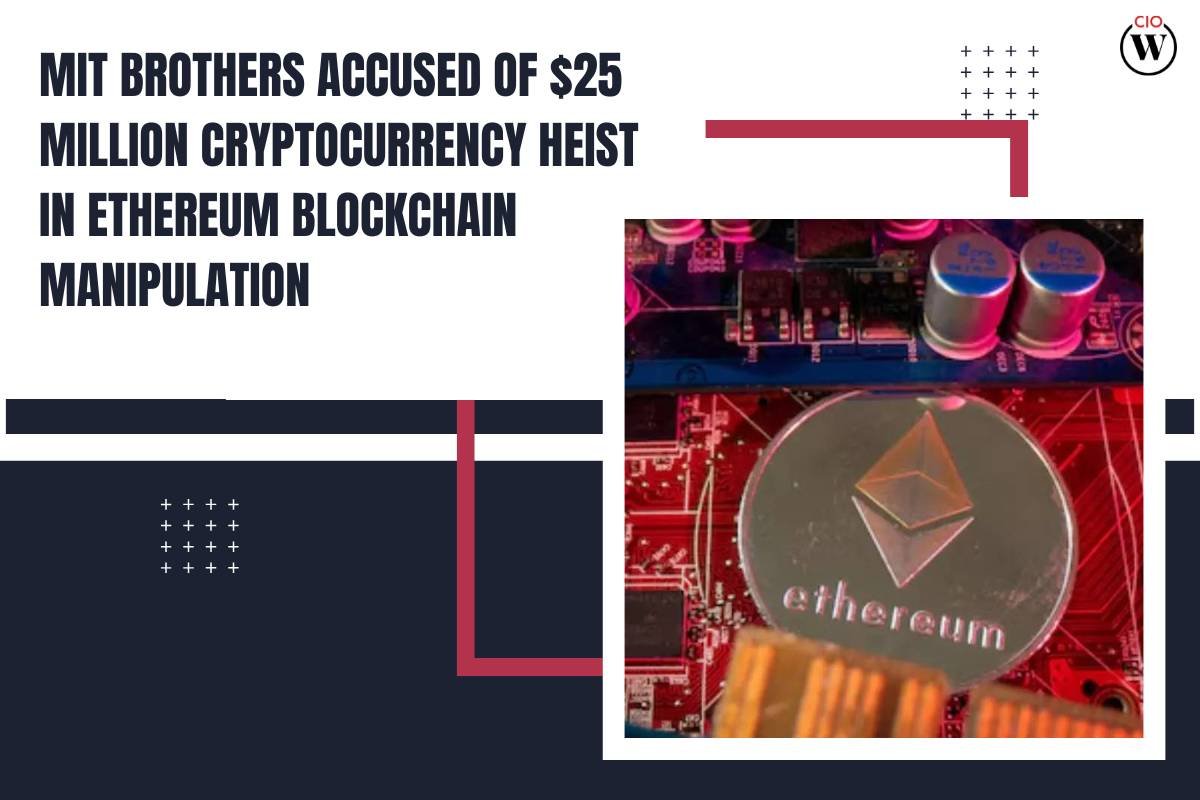Source – Times of India
Two MIT brothers, Anton Peraire-Bueno and James Peraire-Bueno, found themselves in federal custody on Tuesday, accused of orchestrating a sophisticated scheme to steal approximately $25 million worth of cryptocurrency in a matter of seconds. Described as a “first-of-its-kind manipulation” of the Ethereum blockchain, the brothers, both graduates of the Massachusetts Institute of Technology (MIT) with backgrounds in math and computer science, allegedly utilized their expertise to exploit vulnerabilities in the Ethereum network.
According to prosecutors, the brothers faced charges including wire fraud, conspiracy to commit wire fraud, and conspiracy to commit money laundering. Deputy Attorney General Lisa Monaco emphasized the success of the Department of Justice (DOJ) and IRS agents in uncovering the scheme, highlighting the meticulous unraveling of the complex wire fraud and money laundering operation.
Planning and Execution
Despite the swift nature of the theft, charging documents reveal that the Peraire-Bueno brothers spent months meticulously planning their attack. Beginning as early as December 2022, they allegedly crafted a detailed four-step plan, outlined in an online document, which included stages such as “The Bait” and “The Propagation.”
The indictment suggests that the brothers concealed their identities by setting up Ethereum validators through a web of shell companies, intermediary cryptocurrency addresses, foreign exchanges, and a privacy layer network. They reportedly targeted specific traders, whom they had observed for months, setting up test transactions to attract the attention of bots used by these traders.
Prosecutors claim the MIT brothers exploited a vulnerability in Ethereum’s code, subsequently patched, to gain access to pending private transactions, altering them to obtain cryptocurrency belonging to their victims.
Money Laundering and Legal Implications
Following the alleged theft, the Peraire-Bueno brothers purportedly laundered the stolen funds through a network of shell companies. Their online activity in the aftermath of the heist, including searches related to legal matters and money laundering, suggests efforts to cover their tracks.
Charging documents outline repeated attempts by a victim and their lawyer, as well as a representative from Ethereum, to contact the accused MIT brothers in the months following the theft. If convicted, each brother could face up to 20 years in prison for each of the three counts, according to the DOJ.
The case highlights the growing sophistication of cryptocurrency-related crimes and the challenges faced by law enforcement agencies in combating such activities. It also underscores the importance of ongoing efforts to strengthen the security of blockchain networks to prevent future exploitation









